Category: Technology
-

Emissions experts call for reform of car taxation to be based on a combination of weight and mileage
Simpler car tax system proposed, based on vehicle weight and miles travelled Would apply the ‘polluter pays’ principle Switching to 150 kg lighter car or driving 1,000 fewer miles will save £100 a year Experts call current VED system ‘a mish-mash of incentives and penalties’ Cars should be taxed on a combination of weight and…
-
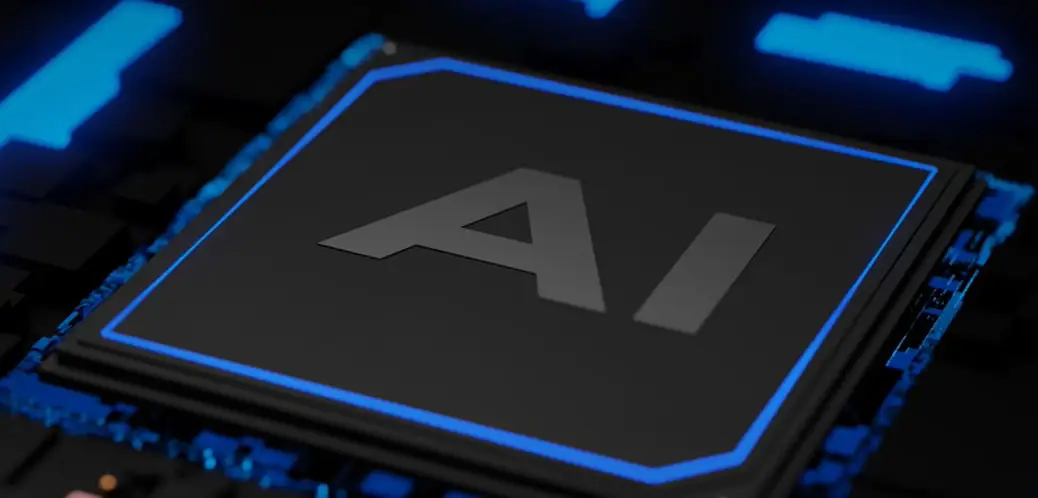
Eatron Technologies and Syntiant introduce AI-powered BMS-on-a-chip solution
A new system-on-a-chip, the result of an ongoing collaboration between battery management experts Eatron Technologies and edge AI leader Syntiant, offers an unprecedented turnkey solution to the challenges of battery performance and safety for light mobility, industrial and consumer electronics applications. The integration-friendly AI-BMS-on-chip can unlock 10% additional capacity and enhance battery lifespan by up…
-
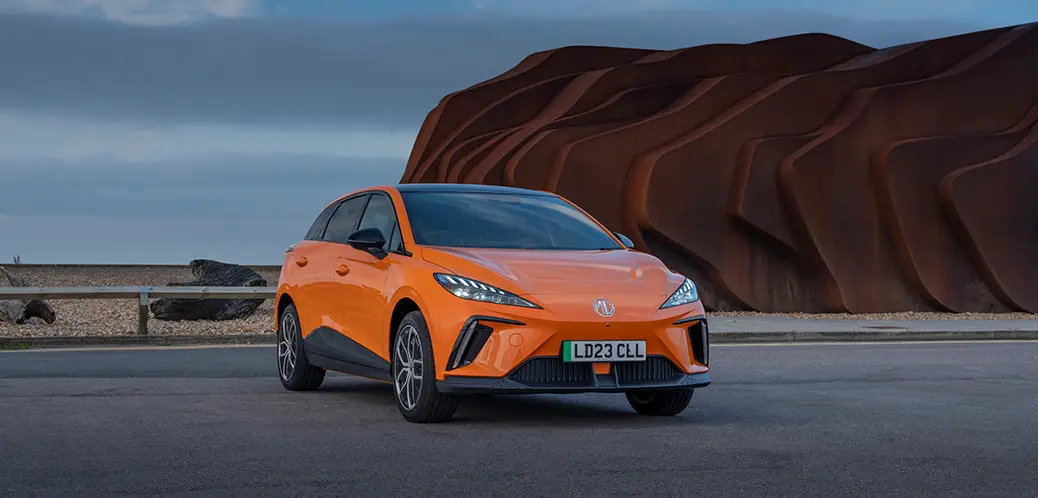
MG4 announced as Parkers Car of the Year 2024
All-electric MG4 hatch takes three prizes in prestigious Parkers awards As well as overall ‘Car of the Year 2024’ trophy, MG4 EV takes ‘Best Small Family Car’ and ‘Best Value Car’ in the 2024 awards Parkers titles brings total of UK prizes for MG4 EV to more than 12 for the year MG Motor UK…
-
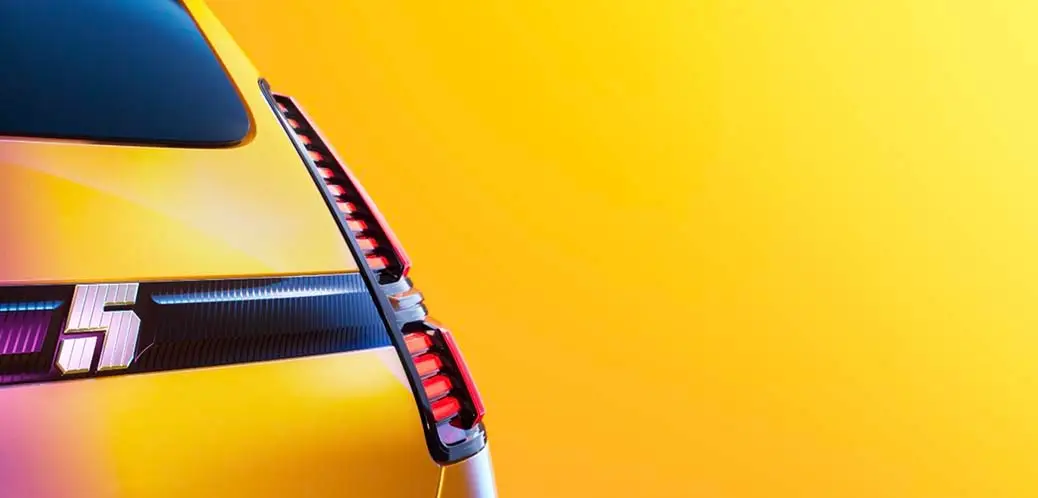
First teaser of the Renault 5 E-Tech electric ahead of 2024 Geneva International Motor Show
Renault will be staging the world premiere of Renault 5 E-Tech electric on 26 February at the Geneva International Motor Show. Renault 5 E-Tech electric will launch with a 52kWh battery delivering up to 248 miles (WLTP) of driving range. On 1 December, a teaser campaign targeting the general public will reveal a few of…
-
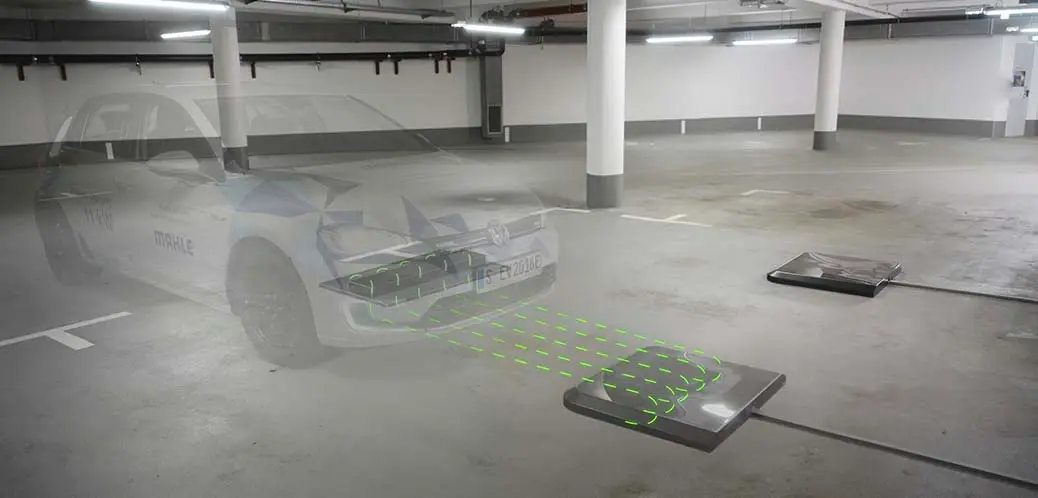
MAHLE sets the global standard for wireless charging
SAE International chooses the MAHLE positioning system as the global standard solution for the wireless charging of electric vehicles Key technology closes the crucial gap in standardization Cross-manufacturer solution enables a comprehensive and rapid market launch MAHLE CEO Arnd Franz: “A strong impetus for e-mobility.” Inductive – i.e. wireless – charging of electric vehicles is…
-
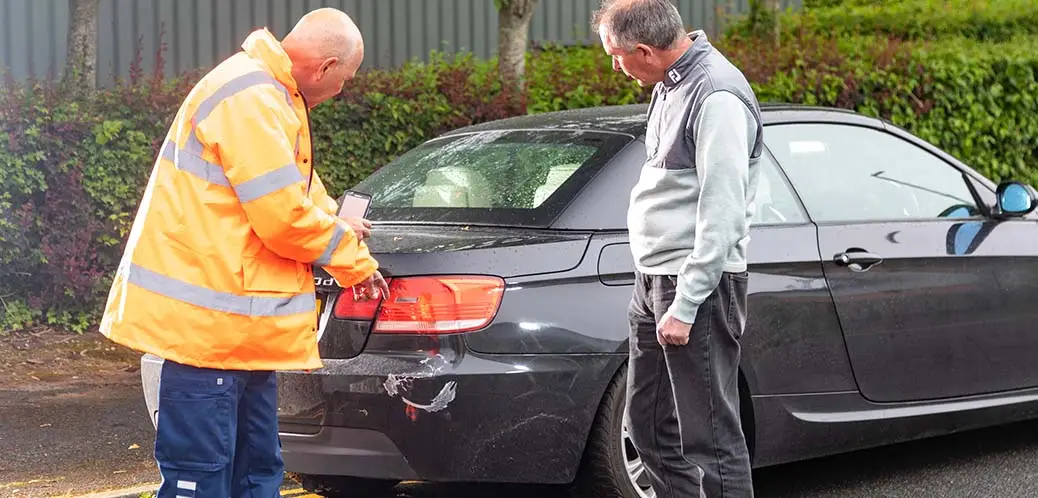
‘Cone free Christmas’ supported by leading recovery team
Start Rescue, Britain’s best value breakdown and roadside recovery service, believes that a ‘cone free Christmas’ is excellent news for motorists. National Highways has just announced that over 900 miles of roadworks will be removed before the main get-away and this means that 98 per cent of motorways and A-roads will be completely clear until…
-
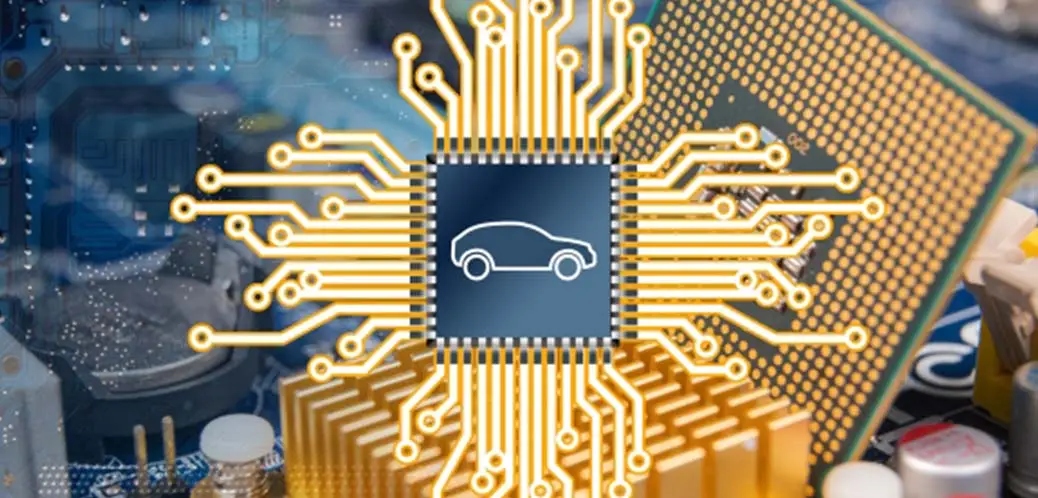
Semiconductor drought could soon become a flood of chips
The semiconductor shortage that has plagued the automotive industry for much of the last two years may soon be turned on its head, says in-vehicle connectivity pioneer VNC Automotive, as a lack of chips critical for high-tech features suddenly becomes a glut. “It’s ironic that the very situation that triggered the shortage for much of the automotive…
-
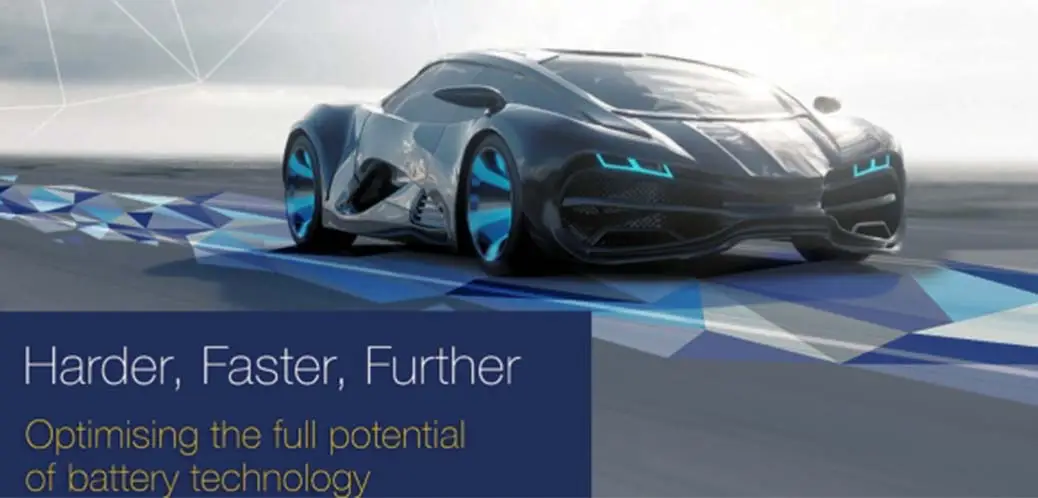
MAHLE Powertrain’s tech-talk series explains how they make electric vehicle battery technology work harder, faster, further
MAHLE Powertrain will outline how their expertise can push electric vehicle battery technology harder, faster and further in a series of in-depth tech-talk videos. Each will review a different aspect of the battery design, development, validation and integration process, and will cover critical topics such as designing for legislation, performance trade-offs, and the importance of…
-
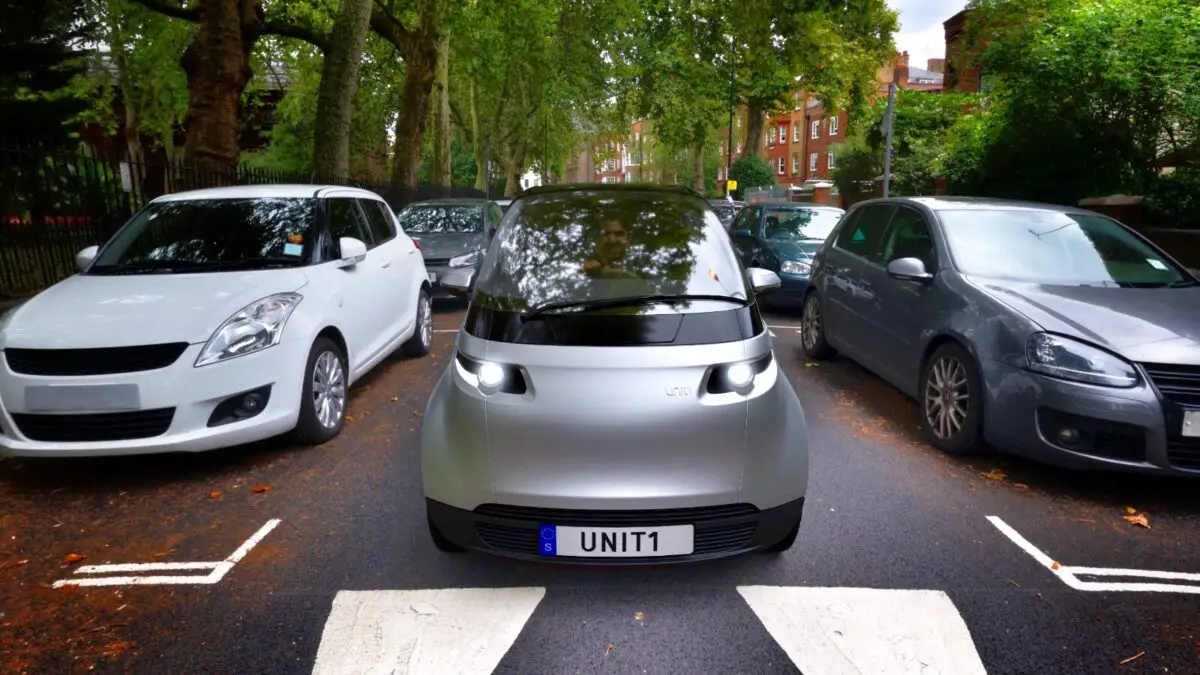
Uniti One pure EV now available to order online
Uniti is now accepting deposits for the Uniti One from customers in Sweden and the UK, with prices starting from just £15,100, after UK Government subsidy
-
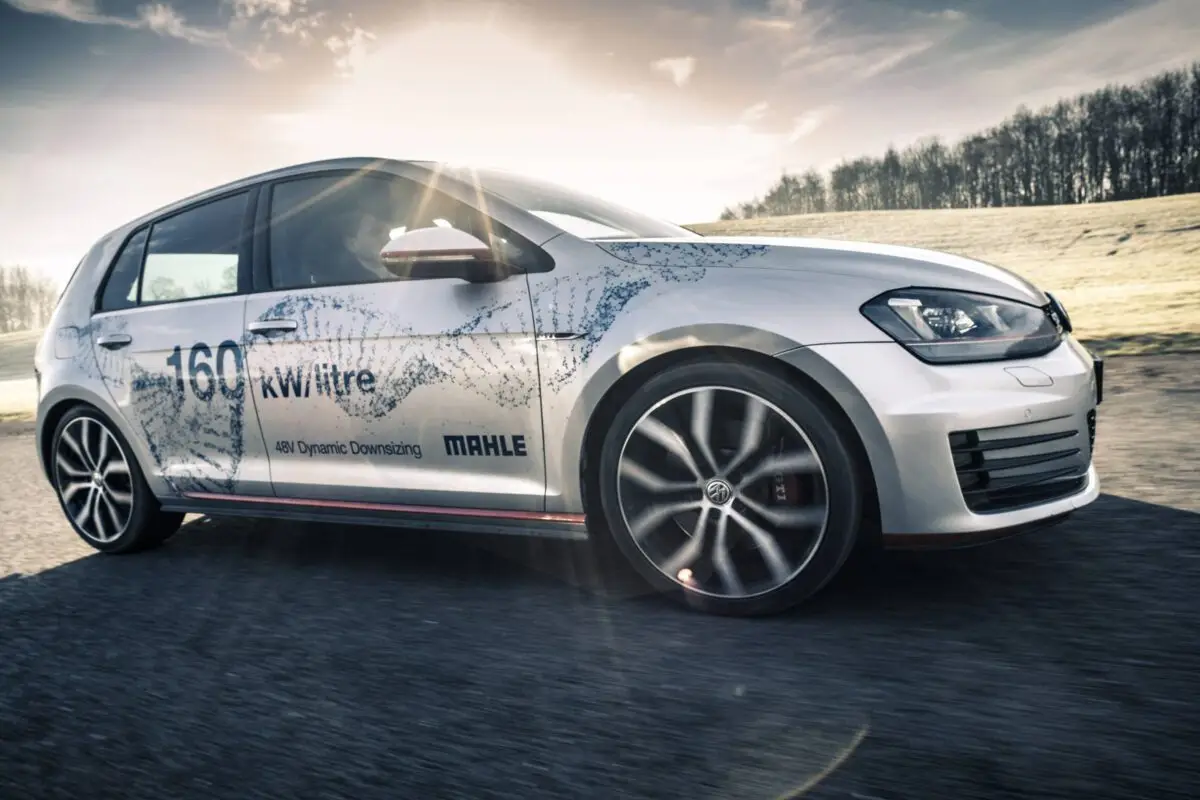
New MAHLE 48-volt battery boosts mild-hybrid performance
MAHLE Powertrain’s new 48-volt battery is optimized for use in mild-hybrid vehicles, making it possible to maximize recuperated energy.
